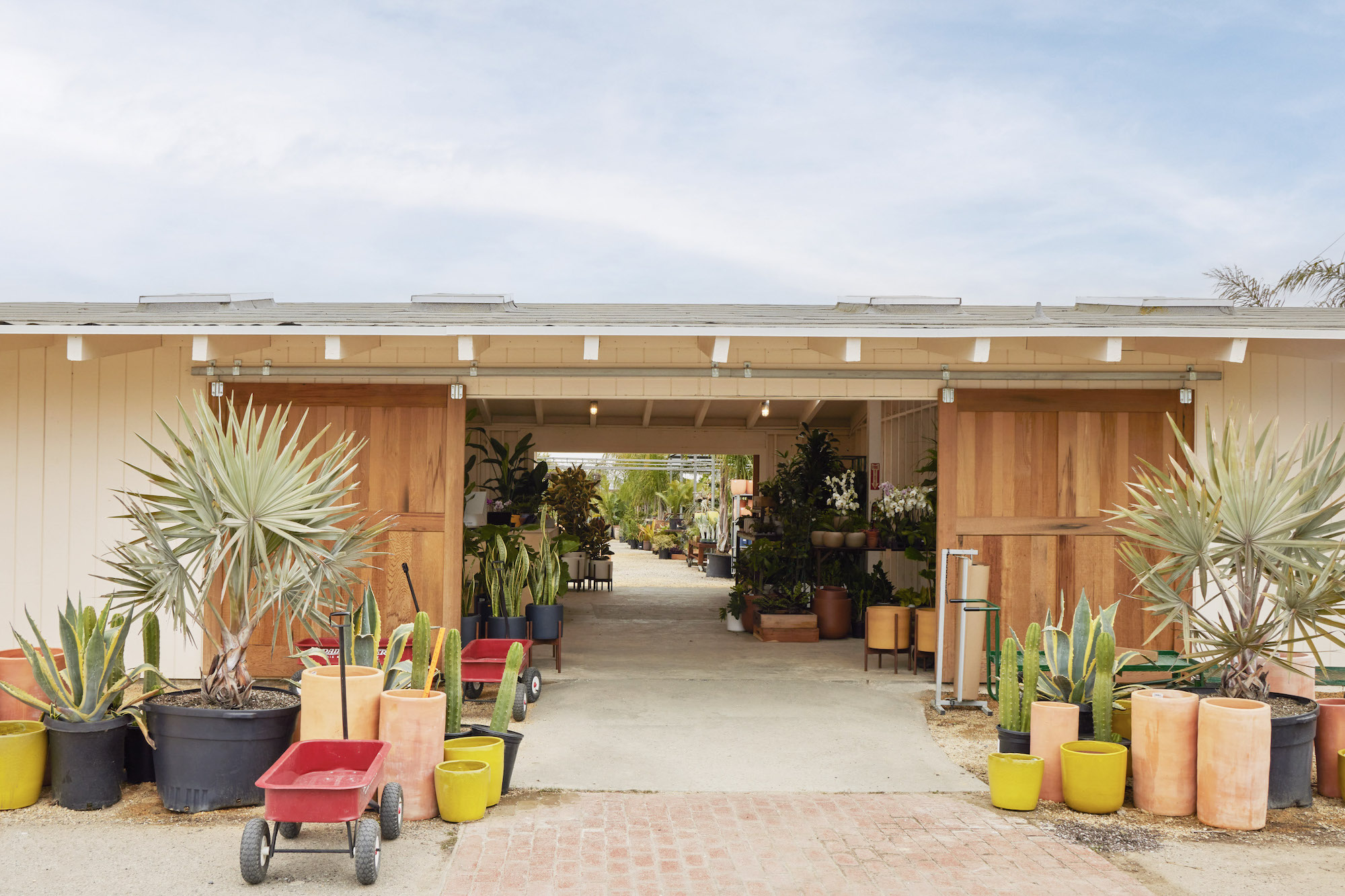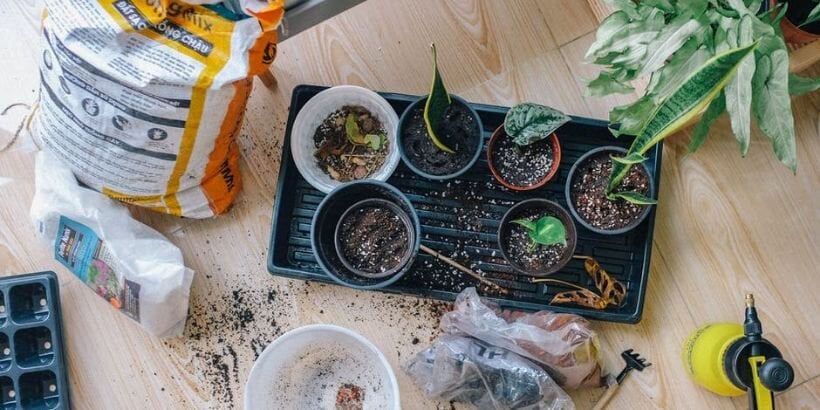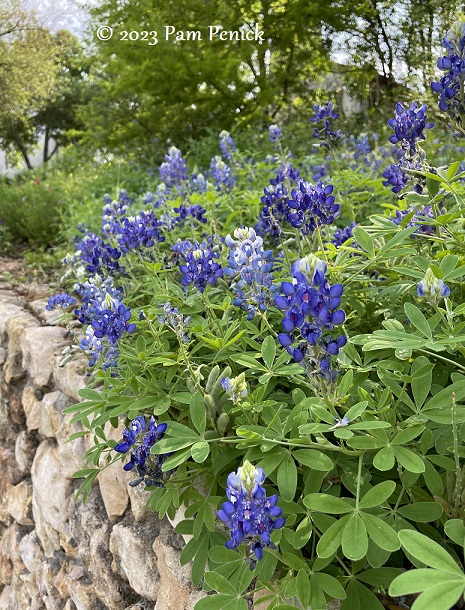How to Build a Treehouse: Building Your Safe Haven
Treehouses are a dream for many — a cozy nook amidst the whispering leaves, a hideaway in the heart of nature, or simply a fun space for children to play. Building a treehouse, however, can be daunting if you don’t know where to start. Whether you’re constructing a simple platform or a multi-room hideaway, this guide will walk you through the key steps to build your treehouse.
1. Choose the Right Tree
The foundation of a great treehouse is, unsurprisingly, a sturdy tree. Here’s what you need to consider:
Type of tree
Hardwoods like oak, maple, and beech are typically more robust and enduring than softwoods.
Age and health
A mature, healthy tree is essential. Check for signs of disease, rot, or infestations. Consult an arborist if unsure.
Branch configuration
Ideally, look for strong branches that extend in multiple directions, providing a natural base.
2. Plan Your Design
Before you start hammering, sketch out your design. Keep these factors in mind:
Size and weight
Your treehouse shouldn’t be too heavy or large for the tree. Keep it proportionate.
Access
Decide how you’ll get in – ladder, stairs, or rope?
Safety
Ensure railings, especially if children will use the space. Think about windows, exits, and potential hazards.
Utilities
Are you planning to have electricity or plumbing? Factor these into your design.
3. Get the Necessary Permissions
Before you build, ensure you’re allowed to. Some regions or homeowners associations require permits for treehouses, especially if they’re large or high off the ground. It’s always best to check local regulations and zoning laws.
4. Gather Materials and Tools
Use weather-resistant materials to ensure your treehouse can endure the elements. Common choices include treated lumber, marine plywood, and galvanized or stainless steel nails and screws. Basic tools you might need include:
- Saw
- Hammer
- Level
- Drill
- Measuring tape
- Safety gear (goggles, gloves, etc.)
5. Lay the Foundation
Your treehouse’s stability depends on a strong foundation:
Support method
Depending on your design, you can use a bolt-and-bracket system or rest your treehouse on sturdy branches.
Tree movement
Trees sway in the wind. To accommodate this movement without causing structural damage, use floating brackets or large bolts that allow some lateral movement.
Spacing
Ensure that beams and supports are evenly spaced for weight distribution.
6. Construct the Floor, Walls, and Roof
Floor
Start by laying down your floor joists. Secure them to your foundation beams or brackets. Once stable, lay down the flooring material, ensuring it’s level.
Walls
Frame the walls on the ground, then lift them into position. Secure with nails or screws.
Roof
A sloped roof ensures rainwater runoff. Consider using waterproof materials or roofing shingles to protect against leaks.
7. Add Finishing Touches
Once the basic structure is up, you can customize:
Windows
They offer ventilation and light. Use Plexiglas or another durable, lightweight material.
Railings
Ensure they’re sturdy and at a safe height, especially for children.
Paint or stain
Weatherproofing paint or stain will extend the lifespan of your treehouse.
8. Regular Maintenance
Inspect your treehouse annually. Check for loose bolts, nails, or worn-out wood. Ensure the tree remains healthy and free from diseases or pests.
9. Safety First
While building your treehouse, always prioritize safety:
Work with a buddy
Having someone to hold ladders, pass tools, and provide immediate assistance if needed can be crucial.
Secure tools
Use tool belts or buckets to prevent tools from falling and causing injury.
Harnesses
If your treehouse is high off the ground, consider using safety harnesses to prevent falls.
10. Consider the Environment
Be environmentally conscious during the construction process:
Minimize tree damage
Drilling too many holes or using invasive fasteners can harm the tree. It’s always best to consult with an arborist on best practices.
Eco-friendly materials
Consider using recycled or sustainably-sourced wood and eco-friendly paints or stains.
Wildlife considerations
Ensure your treehouse doesn’t disrupt local wildlife habitats. Avoid blocking bird nests or other critter homes.
11. Enhancements and Accessories
To make your treehouse truly special, consider adding:
Lighting
Solar-powered lights or LED string lights can add a magical ambiance without needing electrical wiring.
Furniture
Incorporate foldable chairs, hammocks, or cushions to create a comfy hangout spot.
Decor
Personalize your space with curtains, art, or decorative items that reflect your or your child’s personality.
12. Share the Experience
Building a treehouse isn’t just about the final product; it’s about the memories you create:
Involve your children
If building for kids, let them be a part of the process, from design to decoration.
Document the journey
Take photos or videos during the construction. It’s a project you’ll look back on with pride.
Community involvement
Share your experience with neighbors or online communities. You might inspire someone else to embark on their treehouse journey.
Wrap-Up
Building Your Own Treehouse
Understanding tree growth and respecting the integrity of the tree trunk is paramount. As tree trunks expand over time, the use of specialized hardware like lag bolts and treehouse attachment bolts ensures stability and minimizes damage to the tree. A rope ladder swinging gently from the treehouse platform made of pressure-treated wood is a picturesque vision many treehouse masters and enthusiasts strive for. This dream treehouse project might span multiple trees or be nestled in the sturdy embrace of a single tree, but with the right design, most trees can become the foundation for a magical retreat.
Incorporating deck screws and optimized treehouse design techniques, the DIY treehouse journey transforms into more than just a fun project. With the guidance of treehouse masters and the utilization of power tools, any amateur builder can elevate their treehouse to professional standards. Whether you’re building on multiple trees or focusing your design around a single tree, the crucial aspects remain the same: respect for nature, sound construction principles, and a dash of creativity.
Building a treehouse is a blend of engineering, art, and love for nature. From selecting the right tree to finalizing the treehouse design, every step counts. With dedication and the right tools, your dream treehouse project can come to life, providing a sanctuary among the leaves and a testament to the harmonious coexistence of man-made structures and the organic growth of trees.






